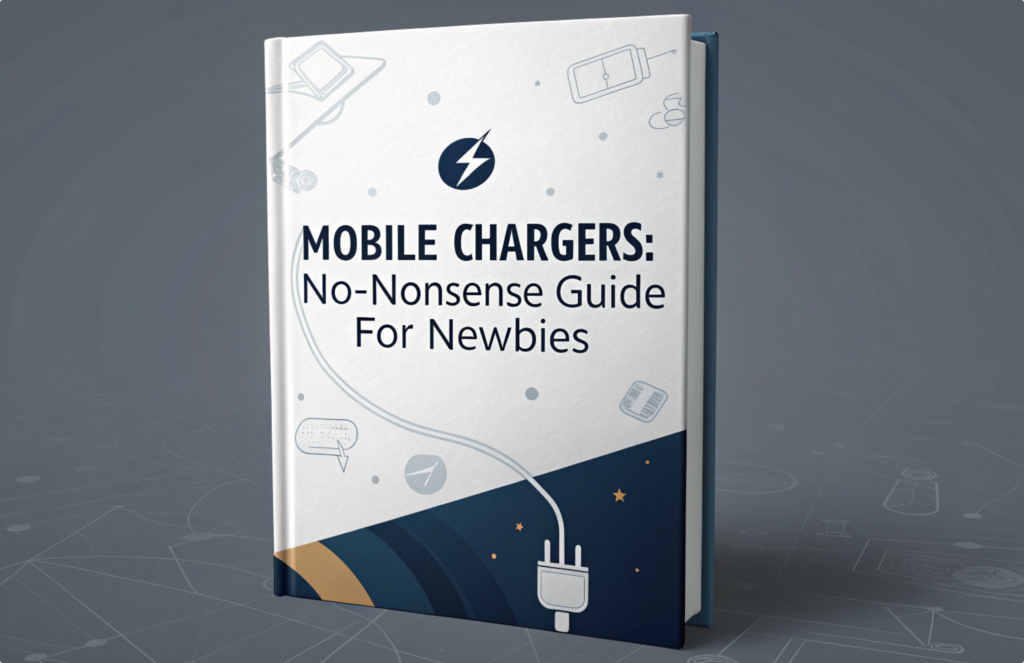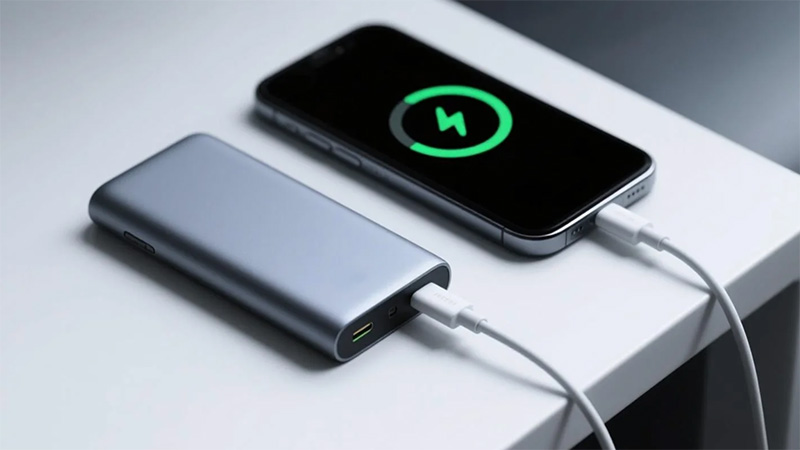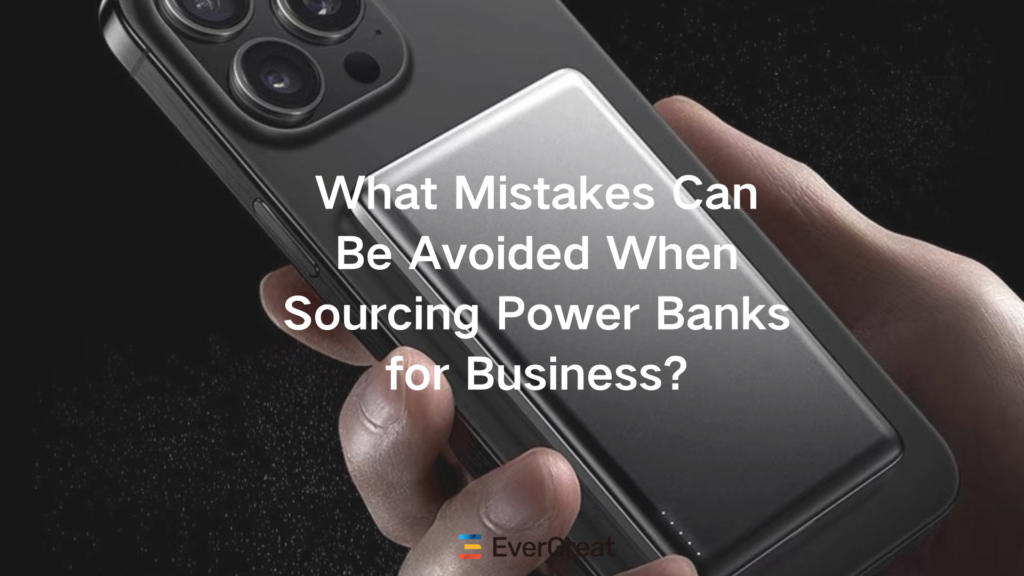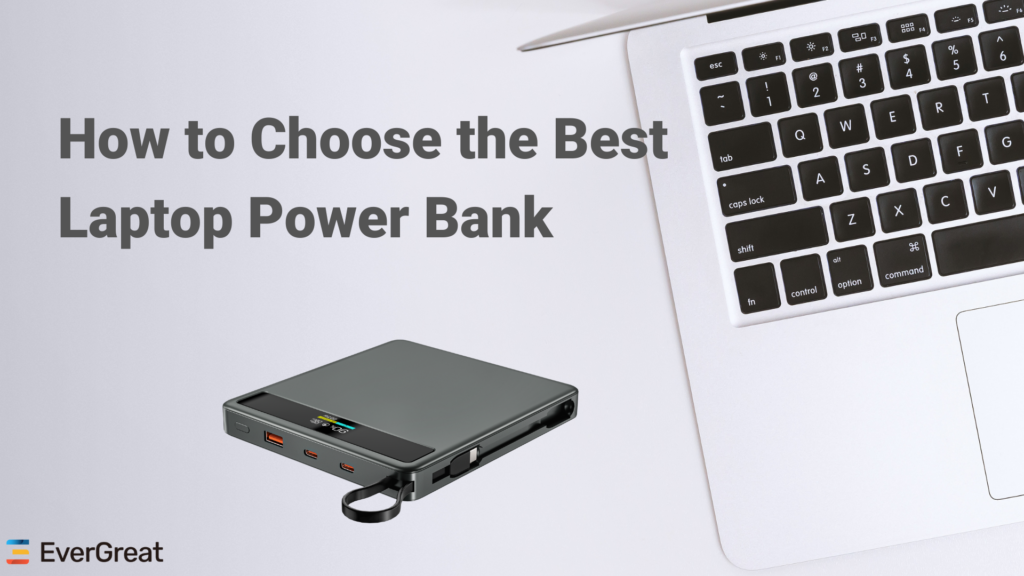Struggling to find a good OEM power bank manufacturer in China? An unreliable one can easily ruin your brand. Some suppliers cut corners where it matters most, like using cheaper batteries, directly impacting safety and performance. I will show you how to find a trustworthy partner who protects your brand’s reputation.
Finding a reliable OEM power bank manufacturer in China involves careful checks. Look for direct factory signs, assess production capacity and quality control measures, and prioritize strong after-sales support. This ensures product safety, performance, and protects your brand’s reputation for long-term success.

The journey to securing a top-tier manufacturing partner might seem complex, but I have learned that the right approach makes all the difference. When you dig deeper into what truly matters, the path to a trusted partnership becomes clear. Let’s explore how to navigate this crucial selection process.
What signs indicate a true factory instead of a trading company?
Many suppliers claim to be factories, but how do you know the truth? Trading companies add layers, costs, and can slow communication, putting your project at risk. I will share the key indicators that tell you if you are dealing with a real manufacturer.
To identify a true factory, look for direct factory tours, in-house R&D teams, multiple production lines, and clear ownership of manufacturing equipment. A factory offers more direct communication, better quality control, and often more competitive pricing than a trading company, which primarily acts as an intermediary.

From my experience, distinguishing a genuine factory from a trading company is vital for OEM power bank projects. A true factory has its own production facilities and fully controls the manufacturing process. I always start by asking for their business license and factory address, then verify it, sometimes even with a satellite view. Verifying the business license details (name, address, scope of business) against official Chinese government records can further validate the factory’s legitimacy [1]. Tools like the National Enterprise Credit Information Publicity System (NECIPS) can be used, although access may require some understanding of Chinese. When I request a factory tour, a real manufacturer welcomes this with open arms, ready to showcase their multiple production lines, assembly areas, and in-house testing labs. For instance, a reliable partner will proudly walk you through their facilities. Trading companies, however, might make excuses or offer tours of a third-party factory that they merely represent, which is a significant red flag. A manufacturer also typically boasts an in-house R&D department, demonstrating their capability to design, innovate, and offer tailored solutions. This means they can provide deeper technical support and custom solutions that align with your brand’s vision. Their engineers understand the product inside and out, which is something a trading company cannot replicate without involving a third party. Finally, direct communication with a factory’s sales and technical teams cuts out unnecessary middlemen. This leads to faster responses, clearer instructions, and significantly fewer misunderstandings throughout your project. My work with partners like EverGreat Technology has shown me the efficiency gains from such direct engagement, improving project efficiency and overall satisfaction.
- Key Indicators of a True Factory
- Direct Factory Tour & Facilities:
- They offer an open invitation for site visits.
- You can see visible production lines, assembly areas, and testing labs.
- They own and operate their own machinery and equipment.
- In-House R&D and Engineering Team:
- They have the ability to customize and innovate products.
- Their team possesses deep technical understanding of the products.
- They provide direct support for product development.
- Communication & Transparency:
- You can establish direct contact with production and technical staff.
- They offer clear and immediate answers to technical questions.
- Pricing Structure:
- Their pricing is often more competitive due to fewer intermediaries.
- They provide greater flexibility in negotiation, especially for larger orders.
- Direct Factory Tour & Facilities:
How to assess production capacity and quality control?
You need your power banks delivered on time and working perfectly. Underestimated capacity or weak quality control leads to delays, defects, and unhappy customers. I will show you how to truly evaluate a manufacturer’s ability to produce high-quality products consistently.
Assessing production capacity involves reviewing daily output, equipment, and workforce size, alongside their ability to scale. Quality control assessment requires examining their ISO certifications, in-process inspection points, final product testing, and defect rates. Robust QC ensures consistent product performance and safety, protecting your brand.

In my experience, assessing a manufacturer’s production capacity and their approach to quality control is absolutely non-negotiable for anyone looking to build a brand with OEM power banks. For capacity, I always scrutinize their factory size, the number of operational production lines, and their stated daily or monthly output capabilities. It’s crucial to understand their current utilization and their ability to scale up if your demand grows. I always ask about their equipment—are they using modern, automated machinery, or is it heavily reliant on manual processes? This directly impacts efficiency and consistency. To that end, obtaining a comprehensive list of the factory’s equipment, including model numbers and specifications helps assess the level of automation and technology used in production. Don’t forget to ask for the factory’s capacity planning documentation, which outlines how they forecast demand and allocate resources to meet production targets. For example, EverGreat Technology highlights its optimized production processes, from initial design to 3D sampling, mold development, pilot runs, and finally mass production, emphasizing precision and speed. This kind of structured approach is what you need. When it comes to quality control, I look beyond simple claims. Do they hold ISO 9001 certification? While good, it’s just a start. Requesting and reviewing recent audit reports from recognized third-party auditing firms (e.g., SGS, Bureau Veritas, Intertek) provides an independent assessment of the factory’s capabilities and compliance. I delve into their actual QC checkpoints: how do they handle incoming material inspection (IQC), in-process checks during assembly (IPQC), and what level of rigorous final product testing (FQC) do they conduct before shipment? I want to see records of battery cycle tests, short-circuit protection, overcharge protection, and environmental tests. Ask if they use Statistical Process Control (SPC) to monitor and control manufacturing processes; SPC helps identify and address process variations before they lead to defects [2]. I want to see records of battery cycle tests, short-circuit protection, overcharge protection, and environmental tests. Also, instead of just mentioning CE, FCC, and RoHS, ask about the exact testing standards they adhere to (e.g., IEC 62133 for battery safety, UN38.3 for transportation safety). My work confirms that suppliers like EverGreat, with their strict quality control including internal audits, continuous improvement, and third-party evaluation, provide confidence. They ensure top-tier components and meet international standards such as CE, FCC, and RoHS, which are critical for market entry and brand trust.
- Key Aspects of Assessment
- Production Capacity:
- Factory Size & Layout: Evaluate the number of production lines and available warehouse space.
- Equipment & Automation: Check for modern machinery versus reliance on manual processes.
- Workforce: Assess the number of skilled workers and shift operations.
- Current Output vs. Peak Capacity: Understand their ability to meet fluctuating demand.
- Quality Control (QC):
- Certifications: Verify ISO 9001, 14001, or other relevant certifications.
- Inspection Stages:
- Incoming Quality Control (IQC) for raw materials.
- In-Process Quality Control (IPQC) during assembly.
- Final Quality Control (FQC) before shipping.
- Testing Procedures: Look for evidence of battery aging tests, short-circuit tests, overcharge protection, temperature, and drop tests.
- Defect Rate Reporting: How they track, report, and address production issues.
- Third-Party Audits: Their willingness to undergo external quality inspections.
- Production Capacity:
Why does after-sales support matter for brand owners?
What happens if a customer has an issue with your power bank? Poor after-sales from your supplier can leave you stranded, damaging your brand’s reputation and customer trust. I will explain why robust after-sales support is a cornerstone for your brand’s long-term success and customer loyalty.
After-sales support is crucial for brand owners because it directly impacts customer satisfaction and brand reputation. It ensures that any product issues are resolved efficiently, preventing negative reviews and costly returns. A supplier offering strong after-sales, like warranties and quick technical help, protects your brand’s image and fosters long-term customer trust.

For me, robust after-sales support is not merely an optional add-on; it’s a foundational pillar for any successful OEM power bank brand. Imagine a scenario where one of your customers experiences a technical issue or defect. If your chosen supplier offers only limited or slow support, you, as the brand owner, are left to troubleshoot alone. This not only consumes your valuable resources but also leads to frustrated customers, directly harming your brand’s hard-earned reputation. A truly reliable supplier, like EverGreat Technology, understands this deeply. They provide clear, comprehensive warranty policies—I always look for at least a one-year warranty—and readily available technical assistance. Scrutinize the warranty terms and conditions carefully, looking for specifics on what is covered, how claims are handled, and the turnaround time for replacements or repairs. Understand their customer service infrastructure: Do they have a dedicated customer service team? What are their response times and communication channels? Their promise of online and even on-site support means issues can be resolved quickly and efficiently, minimizing product returns and preventing negative feedback from reaching public forums. Furthermore, a supplier genuinely invested in after-sales often possesses a deeper understanding of their product’s lifecycle, common failure points, and areas for continuous improvement. They are not just selling you a product; they are partnering with you for the long haul. This level of commitment ensures your brand remains protected and respected, giving you invaluable peace of mind long after the initial sale has been completed. It’s about building trust, both with your supplier and, by extension, with your own customers.
- Benefits of Strong After-Sales Support
- Protecting Brand Reputation:
- Ensures quick resolution of customer issues.
- Helps minimize negative reviews and complaints.
- Maintains customer trust and loyalty over time.
- Reducing Operational Costs:
- Leads to fewer product returns due to effective troubleshooting.
- Reduces the time you spend on individual customer support.
- Provides managed and clear warranty claims processes.
- Technical Support & Problem Solving:
- Access to a dedicated technical team.
- Offers online, and potentially on-site, assistance.
- Ensures fast response times for technical inquiries.
- Long-Term Partnership & Feedback Loop:
- Signals supplier commitment beyond the initial sale.
- Provides feedback on product performance for future improvements.
- Includes support for marketing materials and product information.
- Protecting Brand Reputation:
Conclusion
Finding a reliable OEM power bank manufacturer demands diligence. I’ve learned it means checking factory authenticity, assessing production and quality rigorously, and valuing robust after-sales support to protect your brand.









